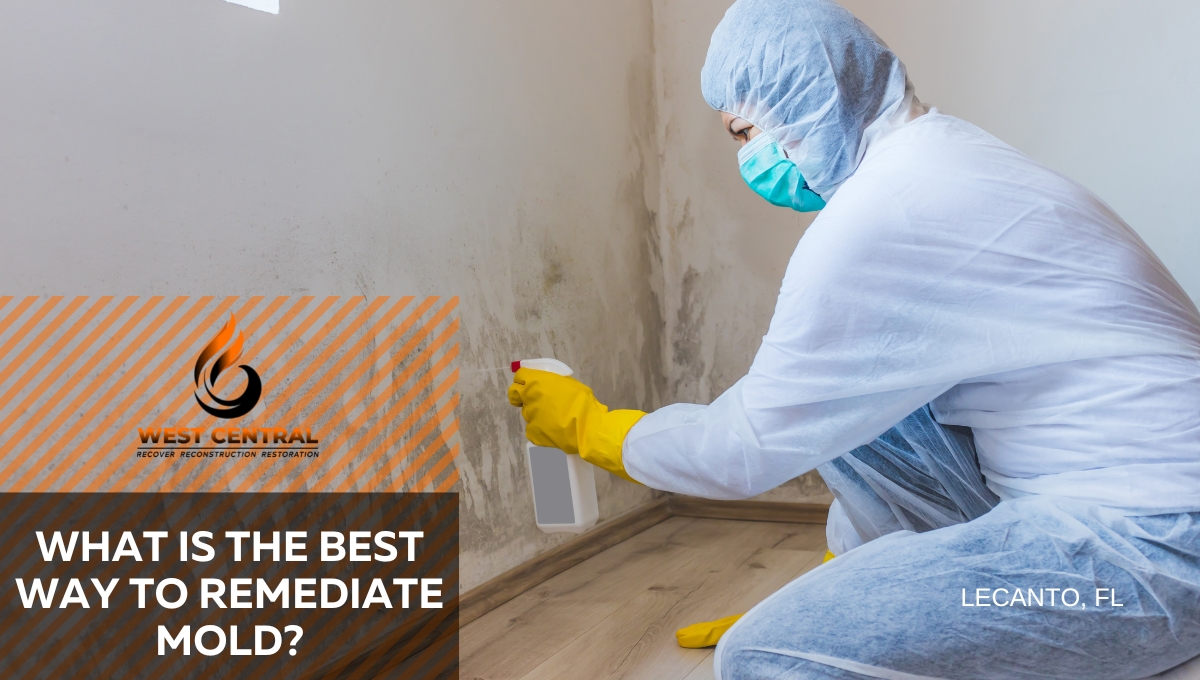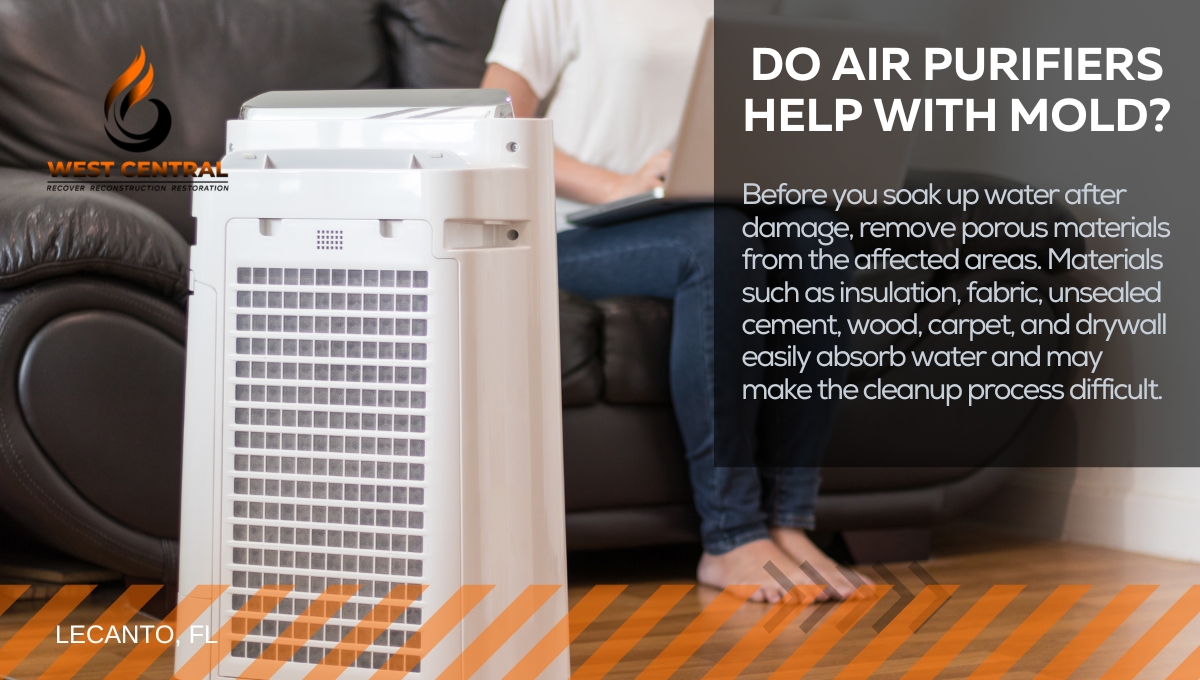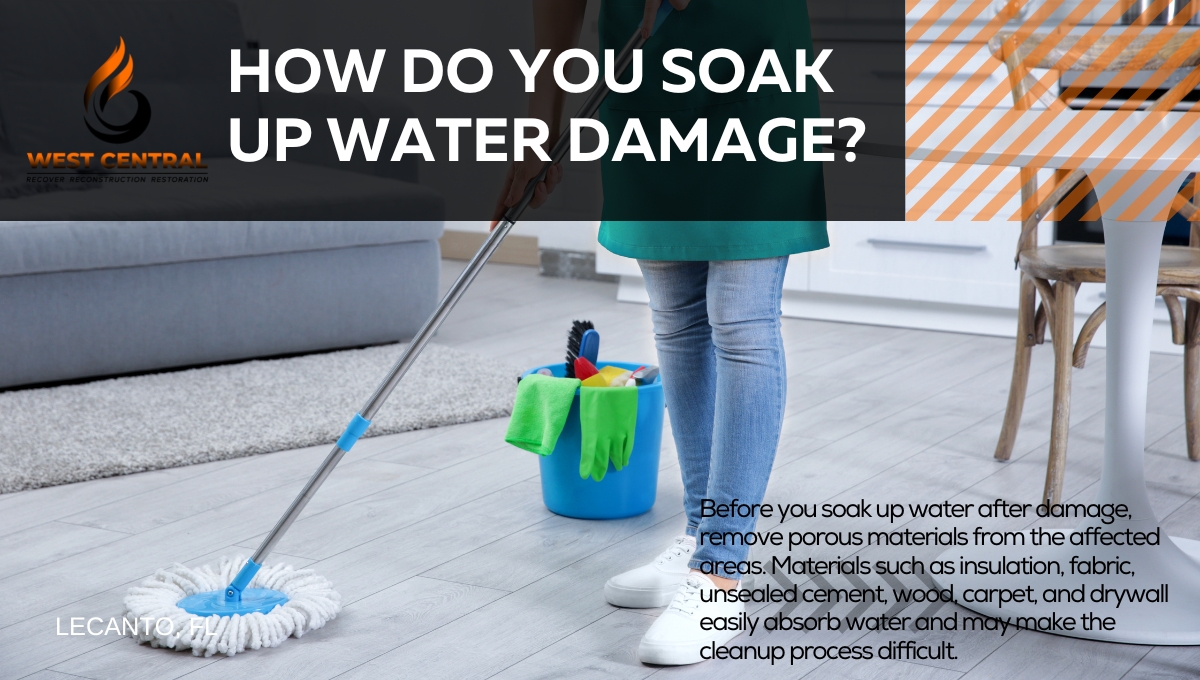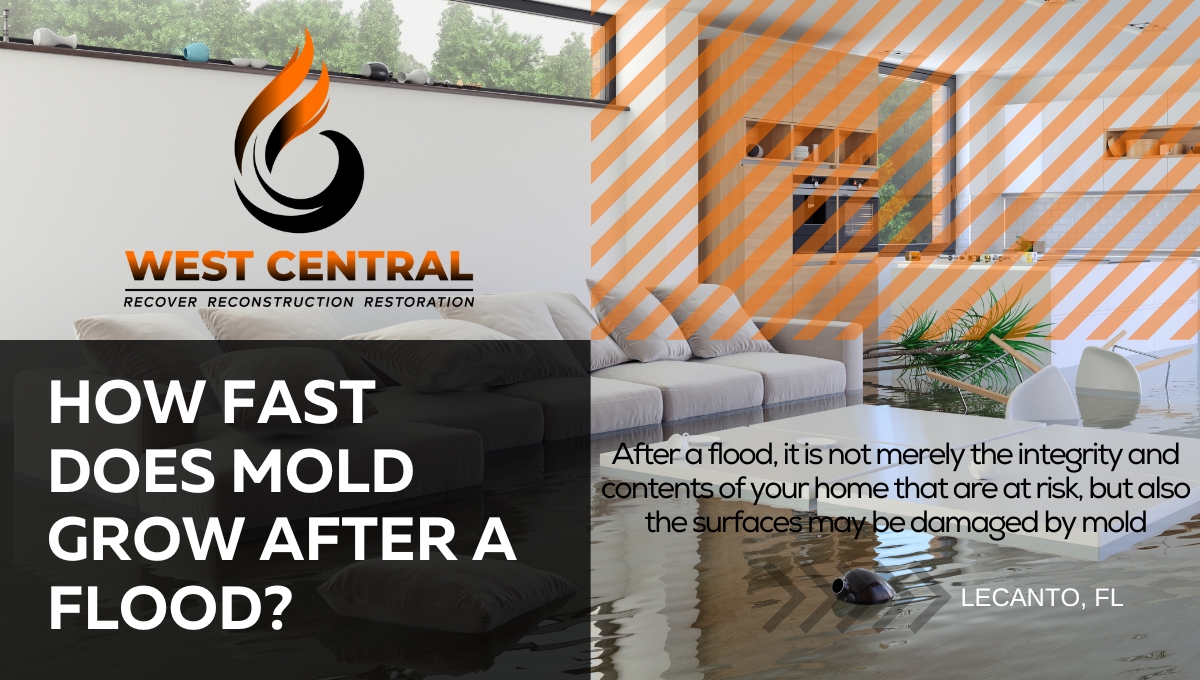Three key takeaways from the article are:
1. Water damage can be classified into three main categories (clean, grey, and black water) and should be assessed in order to effectively clean and repair the affected area.
2. Special care and equipment is necessary when assessing and cleaning up water damage in order to properly identify the source of the water and disinfect the affected area.
3. Preventing future water damage can be accomplished through proper insulation and placement of appliances, and regular maintenance.
Introduction
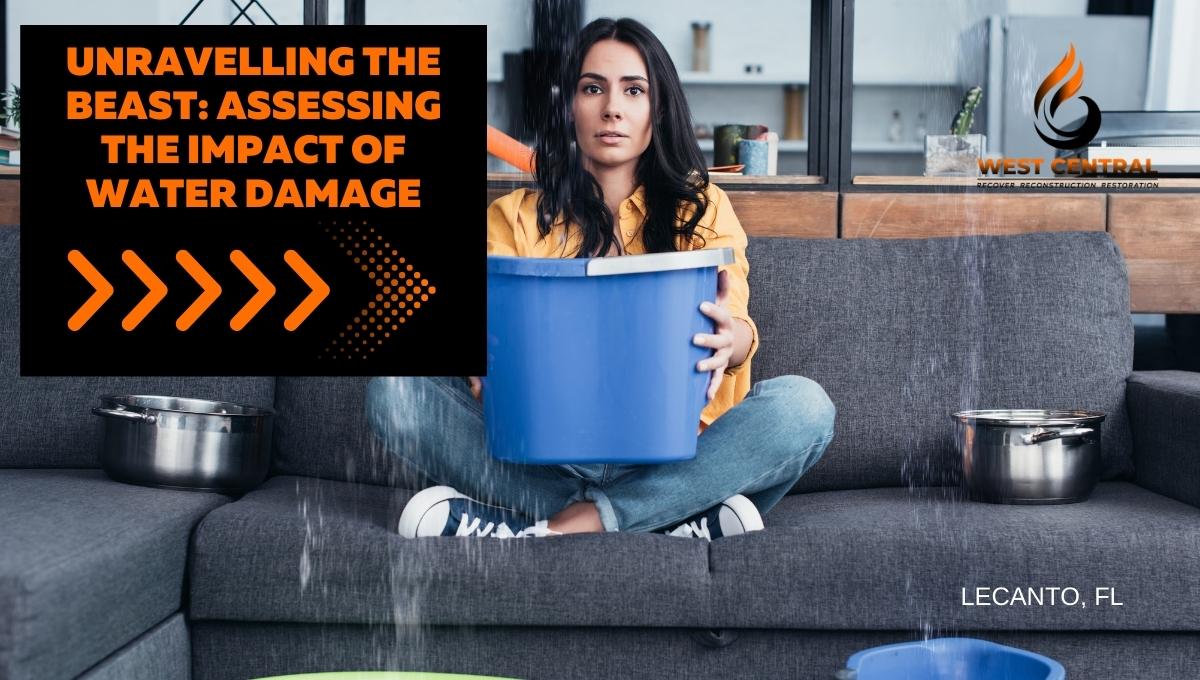 Water damage refers to the destruction that can occur when unwanted water finds its way into homes or businesses. This can include damage caused by storms, spills, leaks, floods, and other water-related incidents. As water is the source of life and essential for sustaining an environment, it can also be destructive. An assessment of water damage will shed light on the extent of the damage and reveal the underlying causes, allowing for informed decision making when it comes to repairing and preventing such damage from happening again.
Water damage refers to the destruction that can occur when unwanted water finds its way into homes or businesses. This can include damage caused by storms, spills, leaks, floods, and other water-related incidents. As water is the source of life and essential for sustaining an environment, it can also be destructive. An assessment of water damage will shed light on the extent of the damage and reveal the underlying causes, allowing for informed decision making when it comes to repairing and preventing such damage from happening again.
Types of Water Damage
Water damage can be classified into three categories: clean water damage, grey water damage, and black water damage. Clean water damage includes damage from rainwater, melted snow, broken pipes and appliance leaks. Grey water damage results from overflow from washing machines, toilet bowls that contain some contaminants, and water from aquariums, which may have traces of pollutants. Black water damage is the most severe form of water damage and involves sewage backups and flood waters that contain contaminants and other hazardous materials. In all cases, it is important to identify the source of the water and determine the severity of the water damage in order to effectively clean and repair the affected areas.
Assessing the Severity of Water Damage
When assessing the damage, it is important to physically inspect the affected area as well as take certain factors into account. The location of the water damage is the primary factor, since some areas are more vulnerable than others. For instance, water damage on wood floors may be particularly severe due to the expansion of the wood and possible mold growth.
The level of contamination of the water is another key factor. Cleaner water can be treated and repaired more successfully, while grey water and black water typically require more extensive cleanup and repair. Additionally, the duration of exposure is important, since prolonged exposure can lead to further damage.
To accurately assess water damage, it is important to use the right equipment. Moisture meters are used to measure the moisture content of the affected material, while infrared technology helps detect areas that are undetectable to the naked eye, hidden beneath flooring or behind walls.
Cleaning and Repairing the Damage
The first step in cleaning up the mess is drying the affected area. This can be accomplished with a combination of fans, dehumidifiers and air conditioners. Once dry, the affected items can either be salvaged or have to be replaced altogether. In some instances, furniture and items made of materials such as leather, paper, fabrics and similar materials may need to be replaced due to the damage caused by the water.
Disinfection is also important, as it helps prevent mold and bacteria from growing. Depending on the severity of the situation, various cleaning agents may be needed. After the cleanup process is complete, a homeowner or business owner must decide whether to repair or replace the damaged items. This decision should be based on the cost and the extent of the damage.
Prevention of Future Water Damage
When it comes to preventing future water damage, there are certain factors to take into account. Homeowners and business owners should ensure their appliances are correctly placed and properly insulated to minimize water damage. It is also recommended that they have ready access to shutoff valves to minimize or prevent water disasters.
In addition to the above measures, regular maintenance is important for preventing water damage. Checking for signs of water leaks and wearing, identifying and fixing water piping problems, and ensuring water heaters are properly functioning are all key preventive measures.
Conclusion
Assessing water damage can help homeowners and business owners quickly identify the source of the water and assess the severity of the damage, allowing them to make informed decisions on how to mitigate the damage and prevent future water disasters. Proper maintenance, insulation, and placement of appliances will go a long way towards minimizing possible water damage and keep homes and businesses safe.
Go West Central specializes in fire and water damage repair in Lecanto, Florida. With 30+ years of experience in emergency service and repair work, they have the experience and expertise to help you get your home or business back to its pre-damage condition quickly. Their team of certified technicians can handle any emergency, whether it’s fire, water, mold or asbestos damage. Go West Central is there when you need it the most. Contact them today for all your water and fire damage repair needs in Lecanto, Florida.
Sources:
- Crew3r. “3 Categories of Water Damage.” Crew3r, https://www.crew3r.com/3-categories-of-water-damage/.
- Ideal Response. “How to Assess Water Damage | Ideal Response.” Ideal Response, 10 May 2021, https://www.idealresponse.co.uk/blog/how-to-assess-water-damage/.
- Lenntech. “What Is Water Disinfection? – Lenntech.” Lenntech, https://www.lenntech.com/processes/disinfection/what-is-water-disinfection.htm.

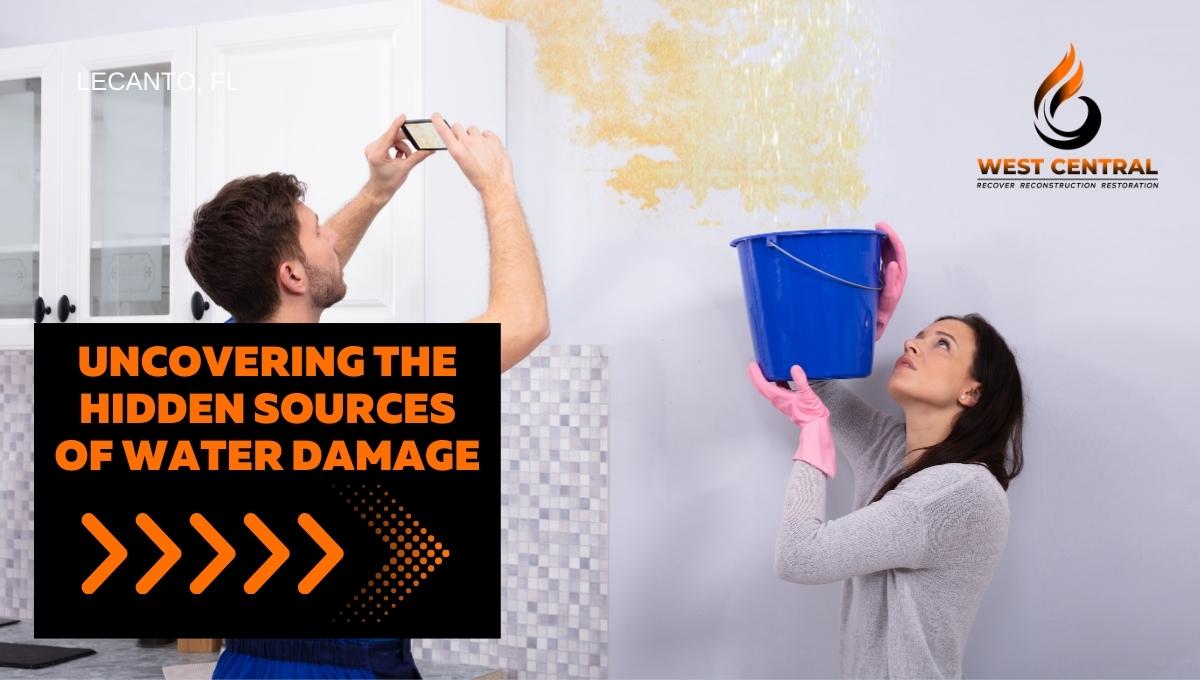
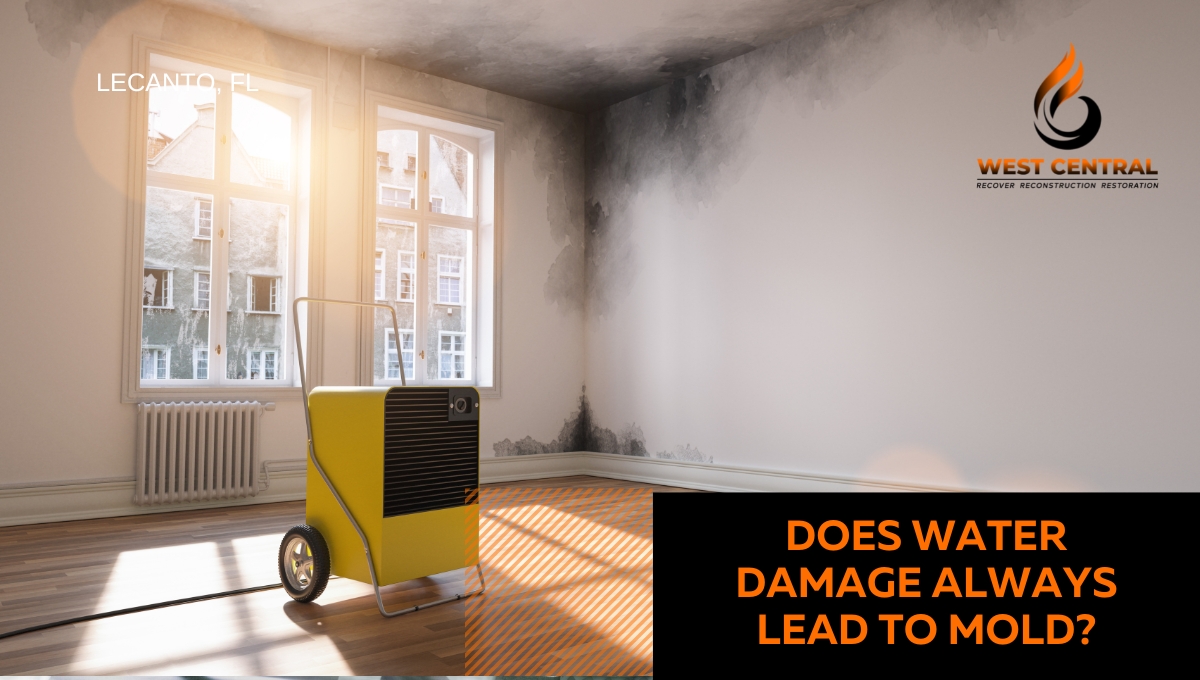
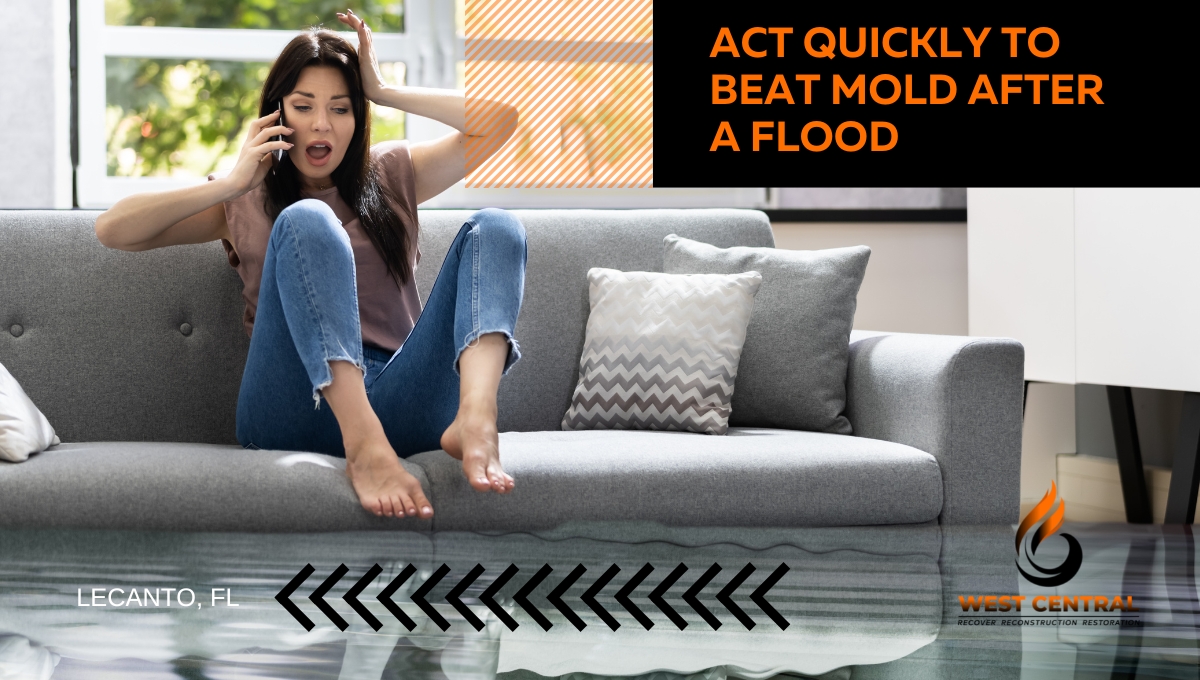
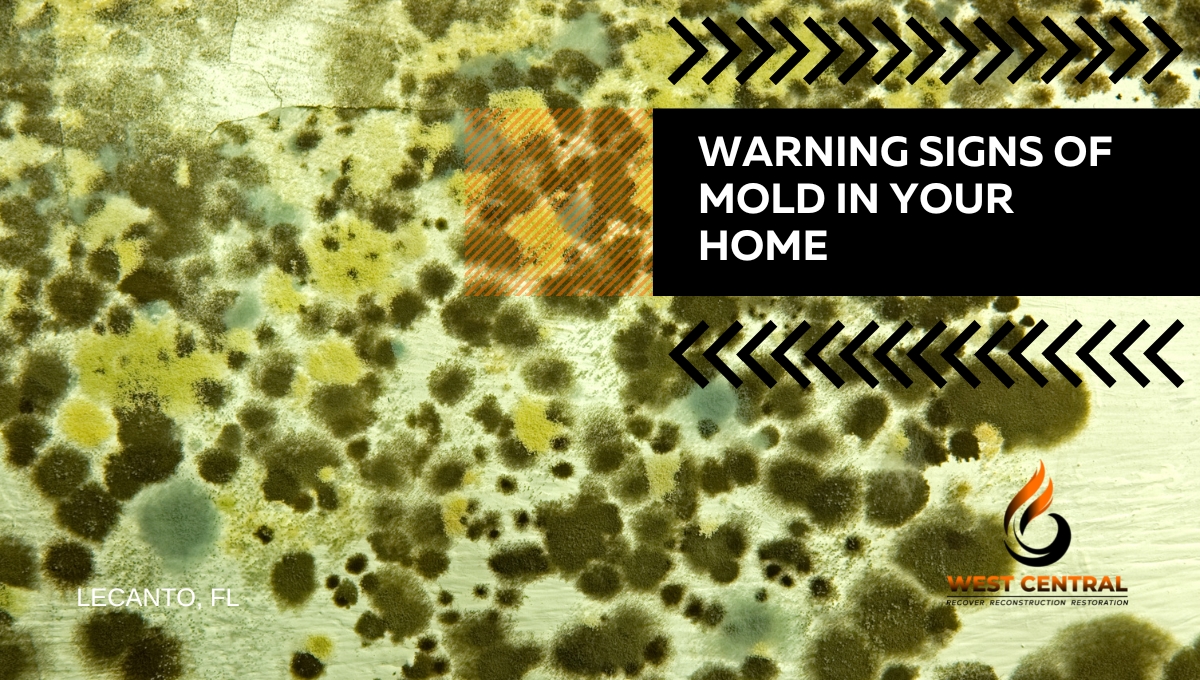
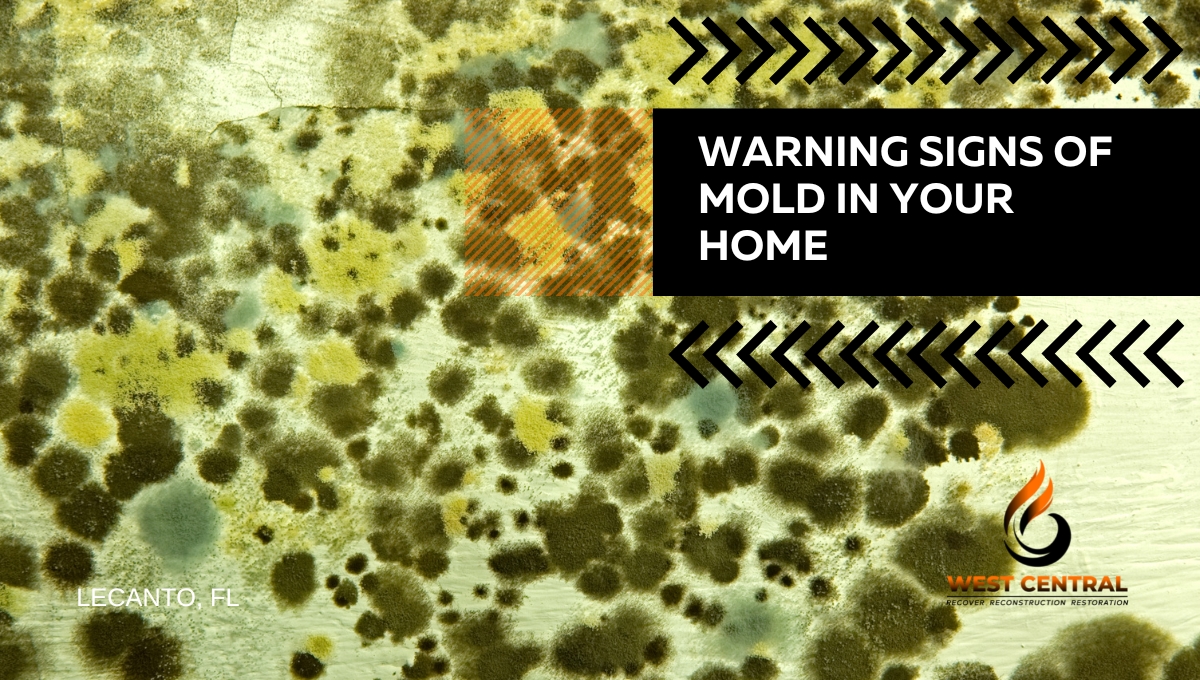 Mold is a tenacious and dangerous fungus that can start growing in the most inconspicuous areas of your home, such as in dark, damp corners, beneath floorboards, and within organic materials. However, its growth can only go unnoticed for a brief period of time, as it releases allergens, irritants, toxins, and other compounds into the air, altering the feel and smell of the indoor environment. To keep your home safe and healthy, it is essential to be aware of the warning
Mold is a tenacious and dangerous fungus that can start growing in the most inconspicuous areas of your home, such as in dark, damp corners, beneath floorboards, and within organic materials. However, its growth can only go unnoticed for a brief period of time, as it releases allergens, irritants, toxins, and other compounds into the air, altering the feel and smell of the indoor environment. To keep your home safe and healthy, it is essential to be aware of the warning 